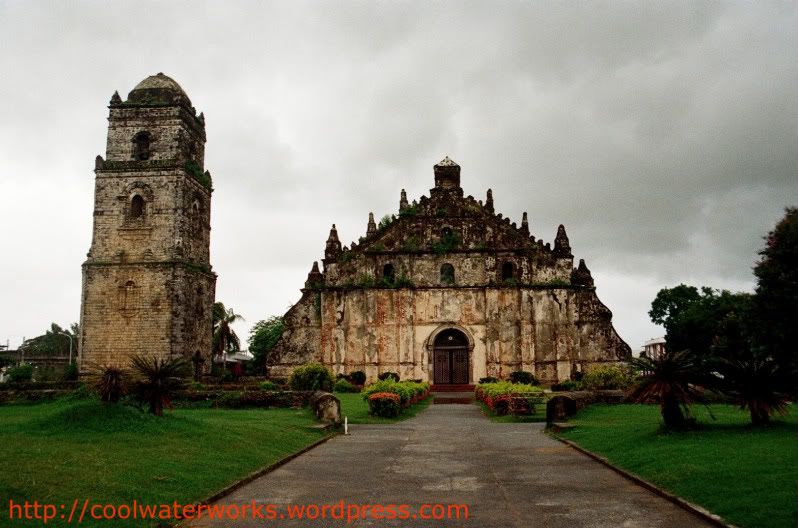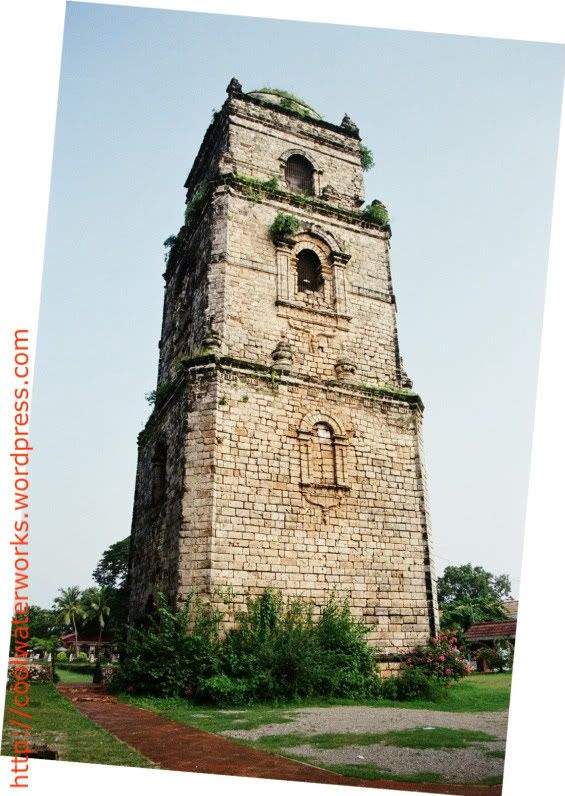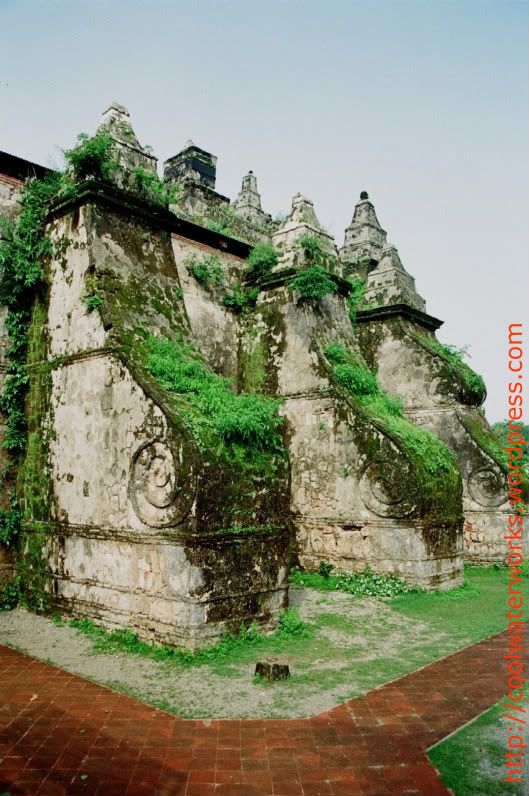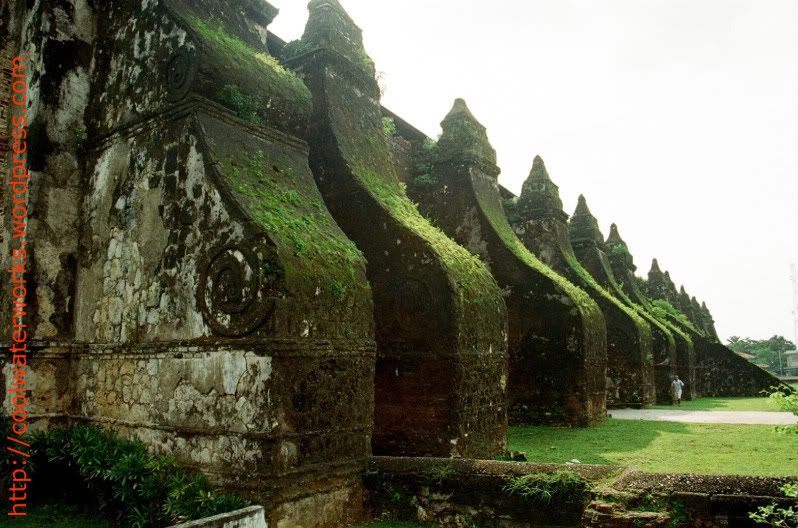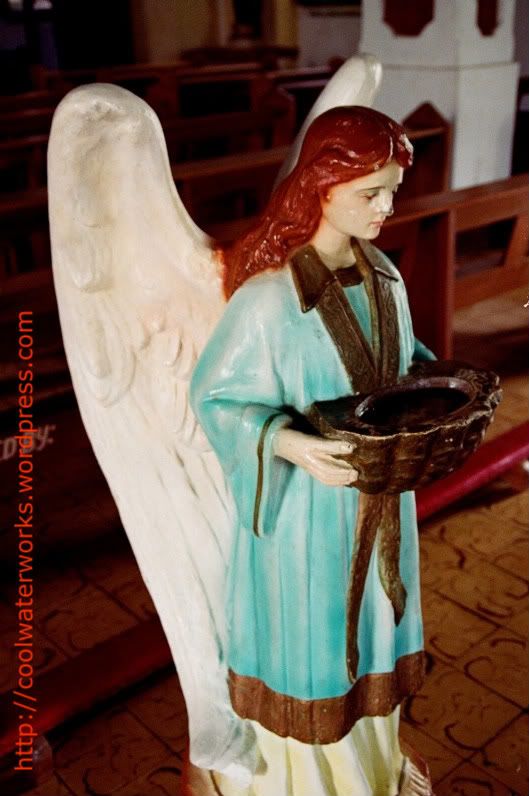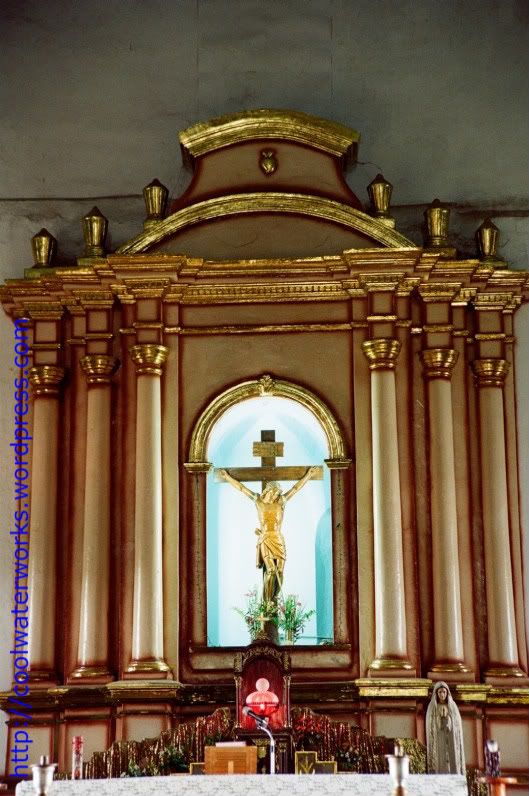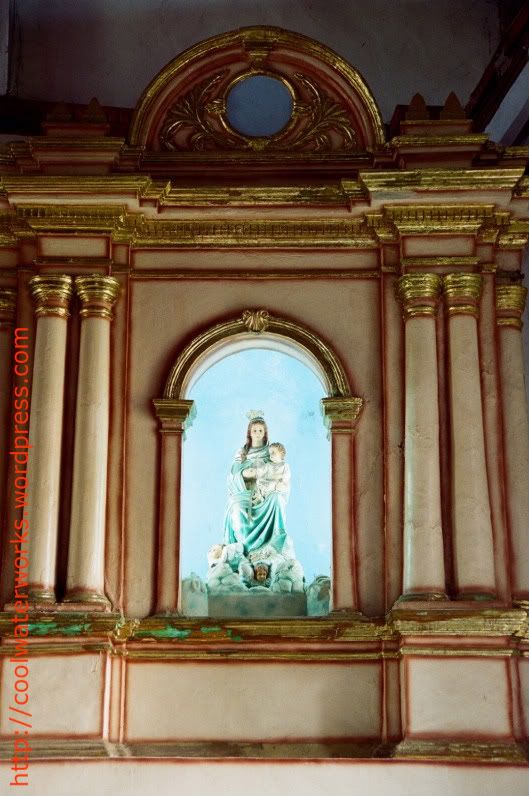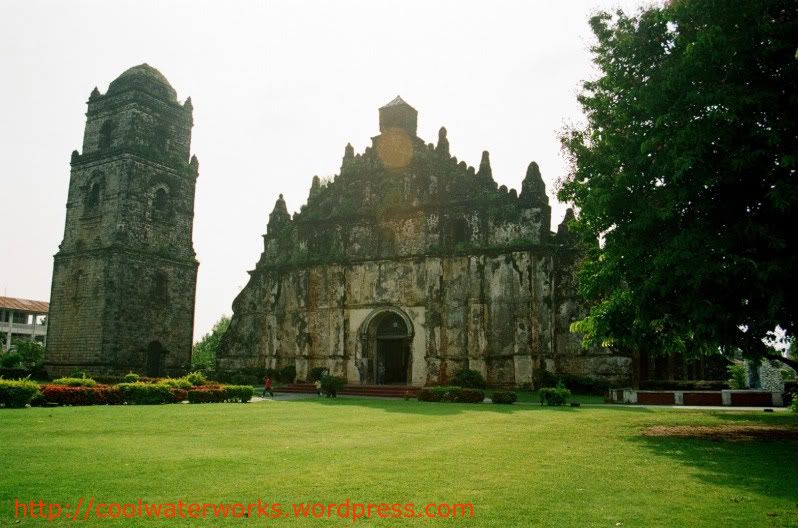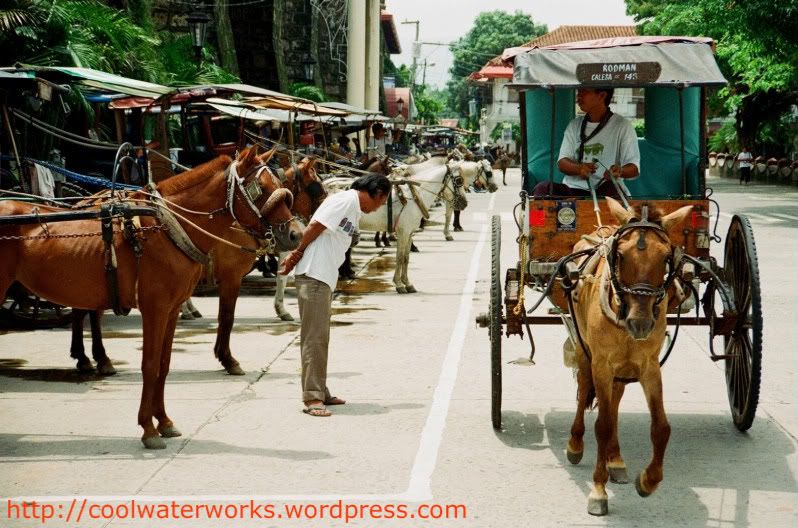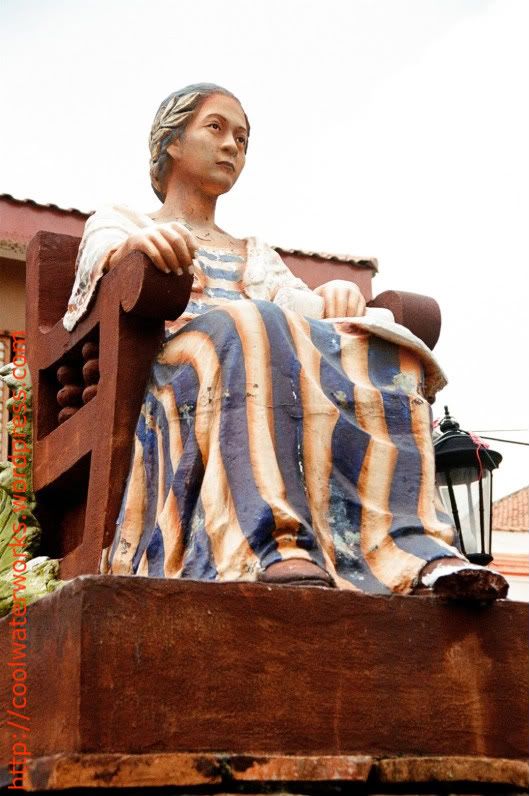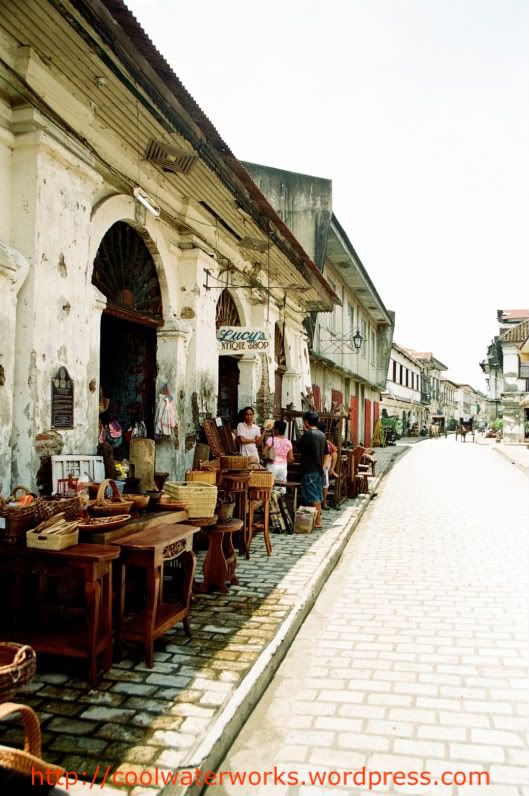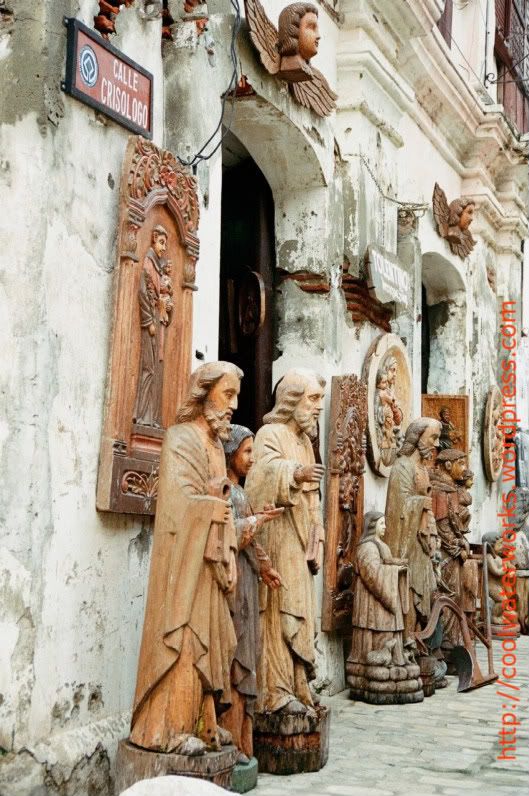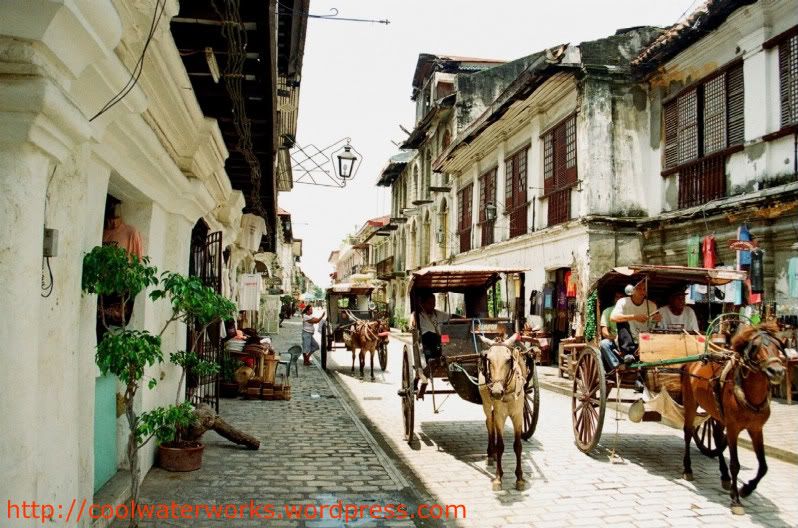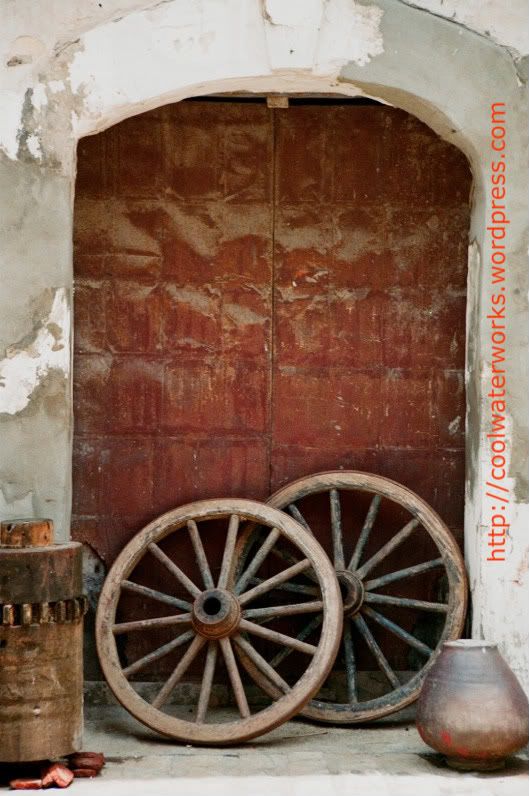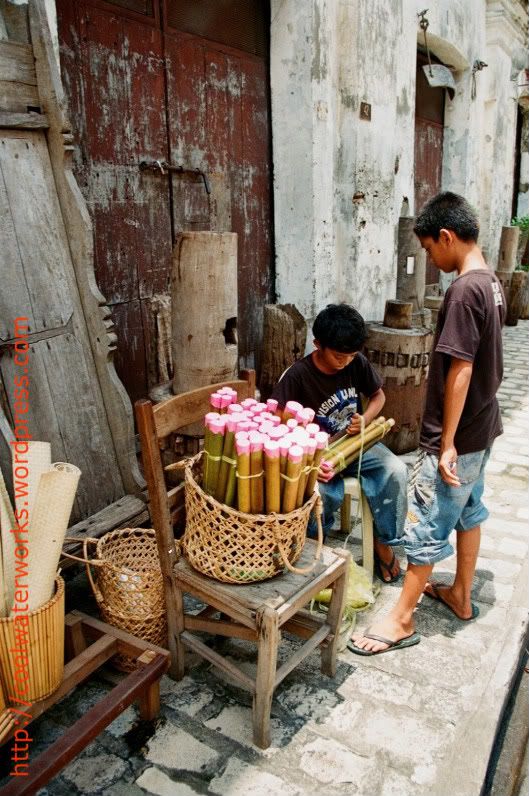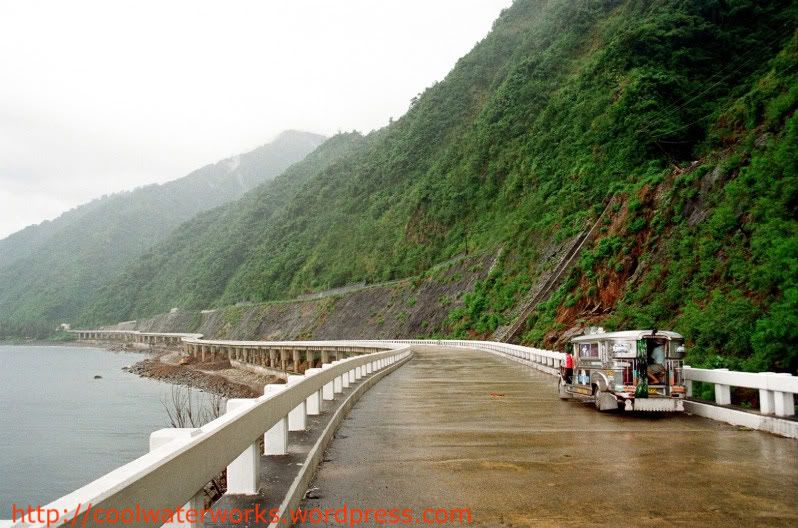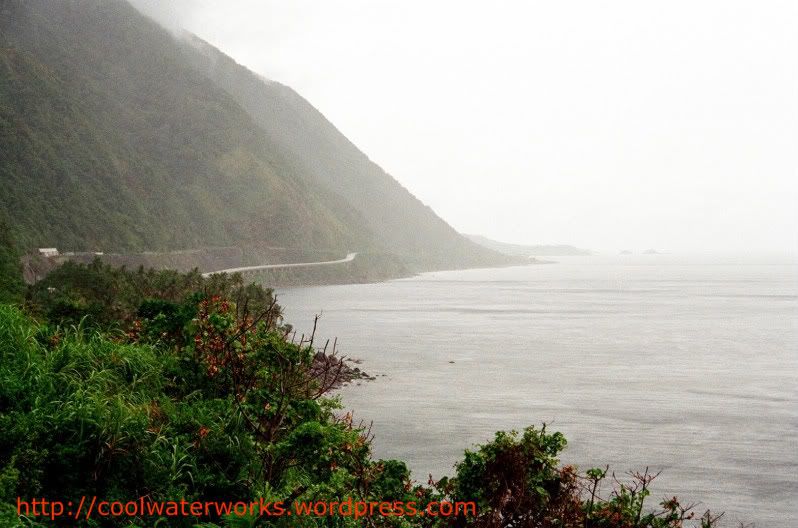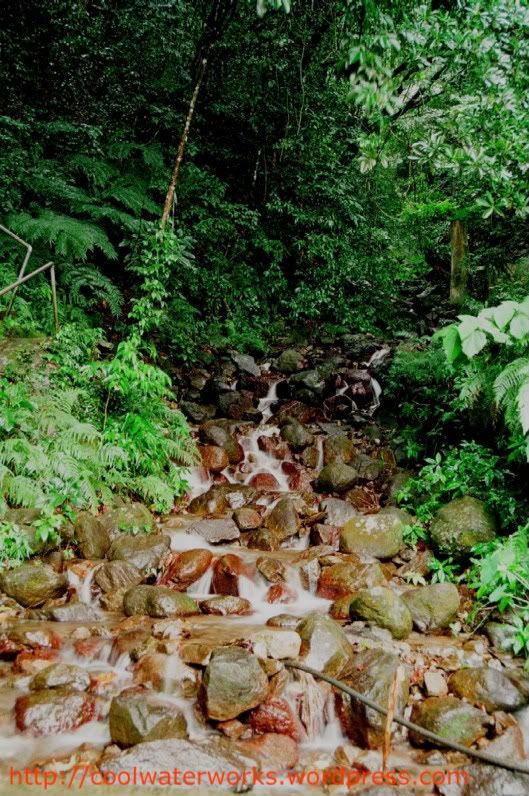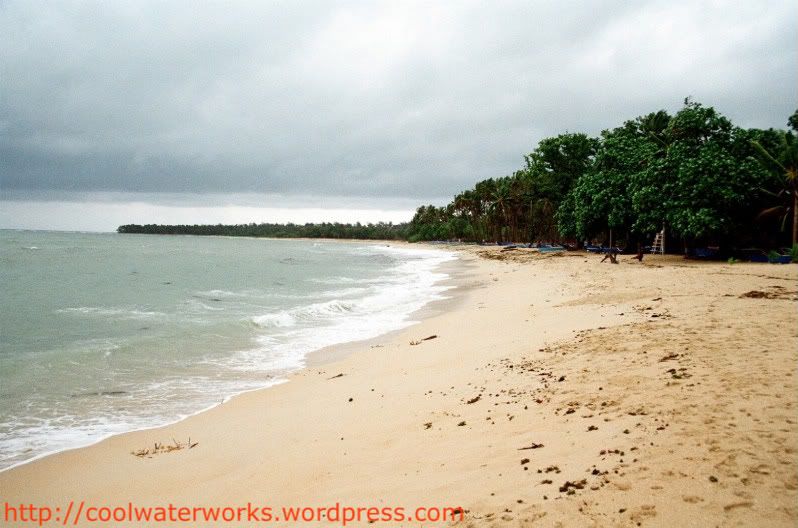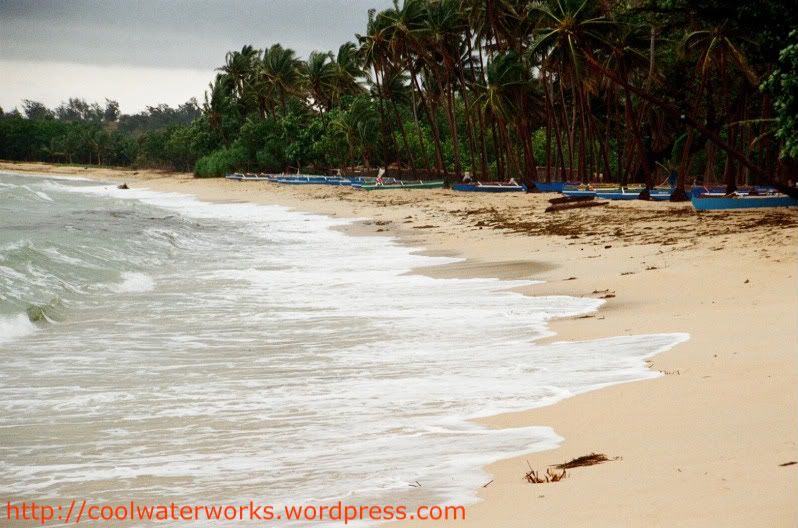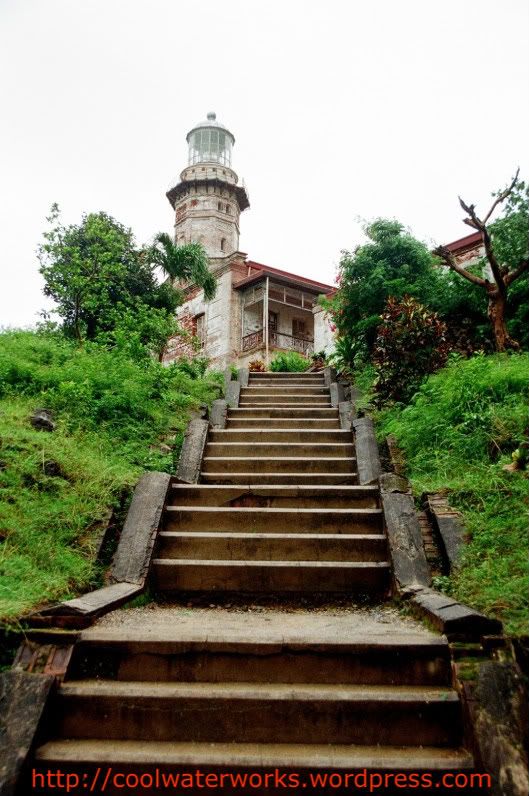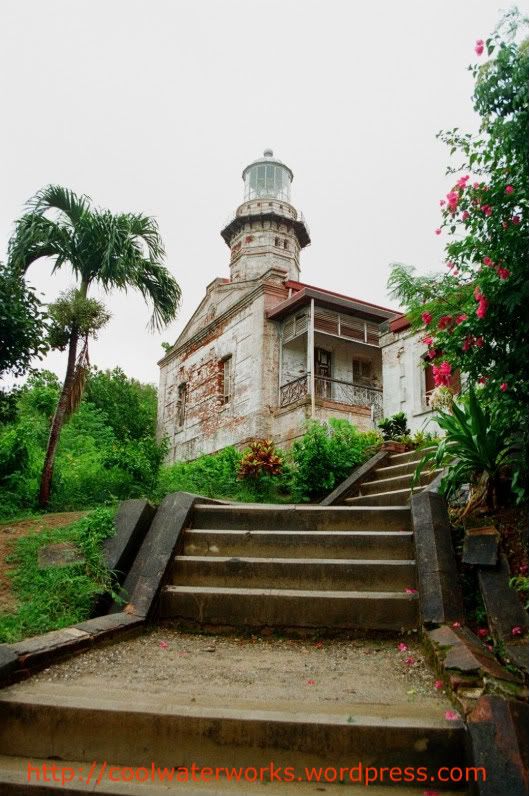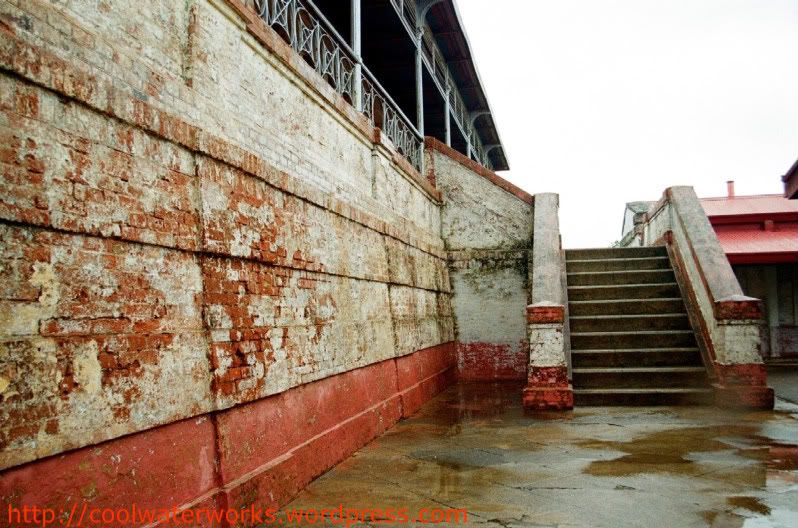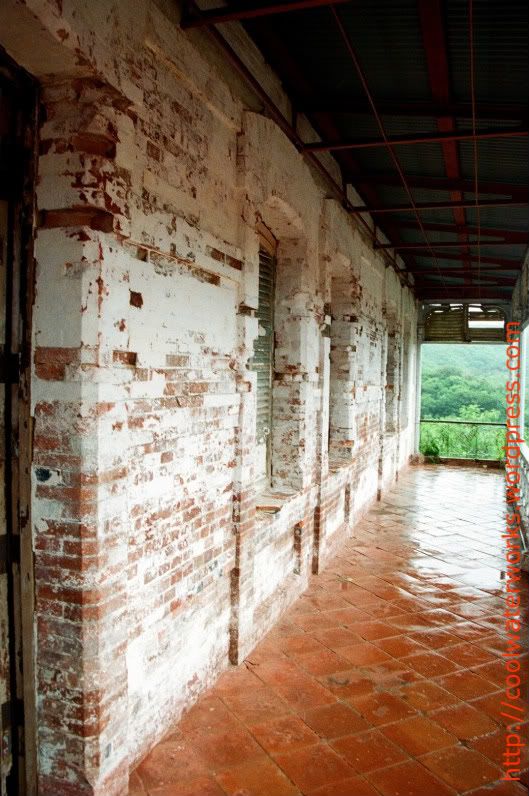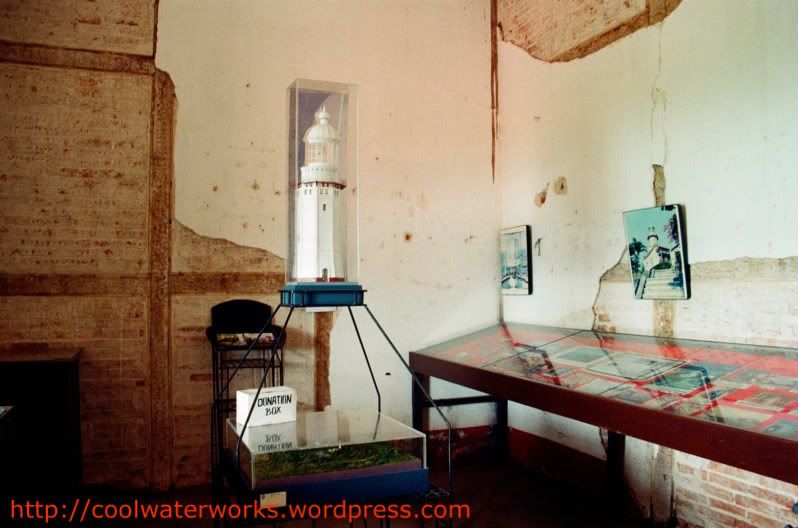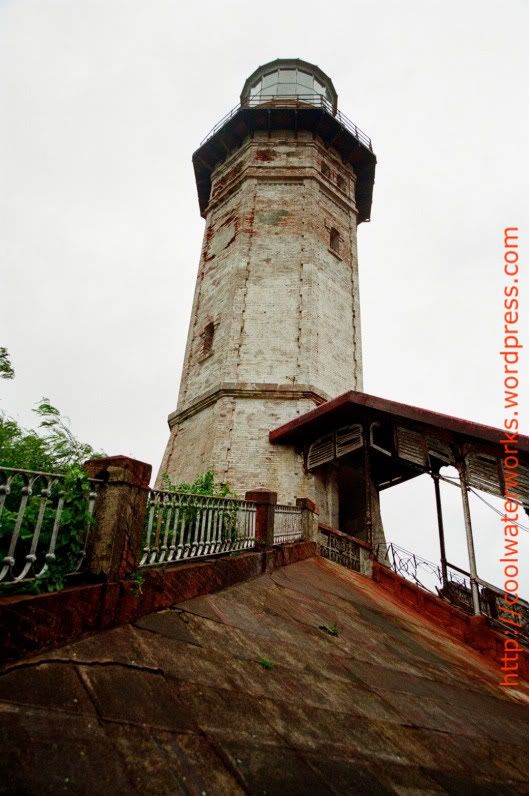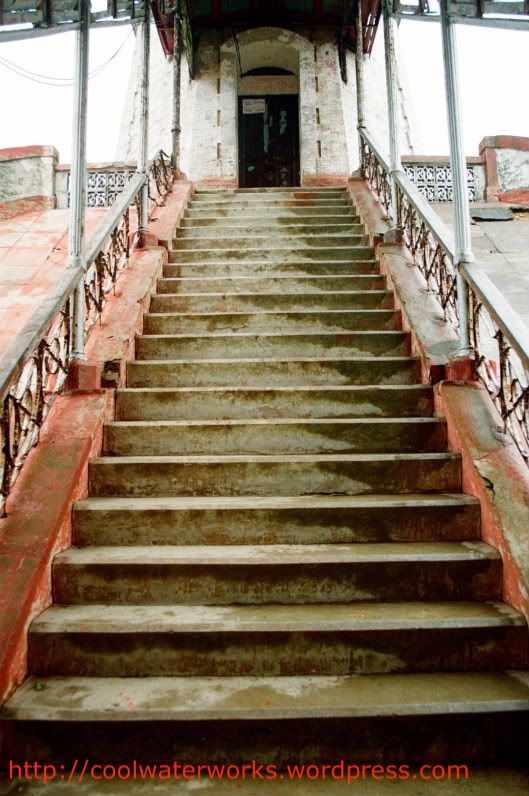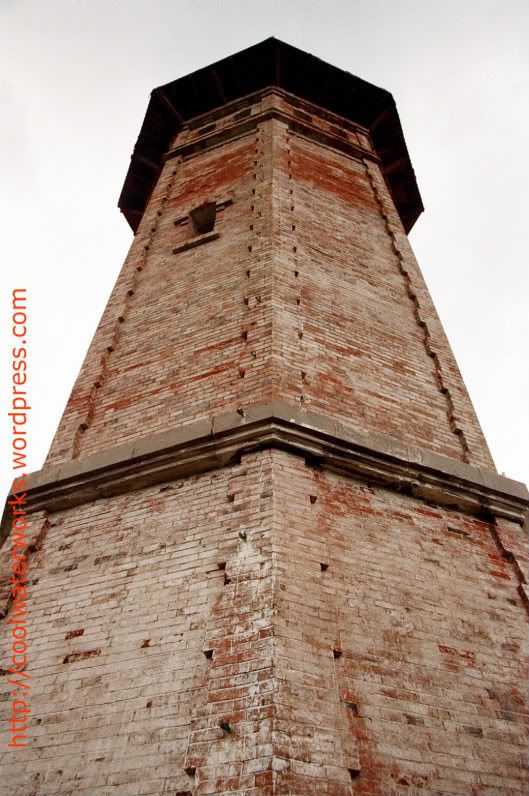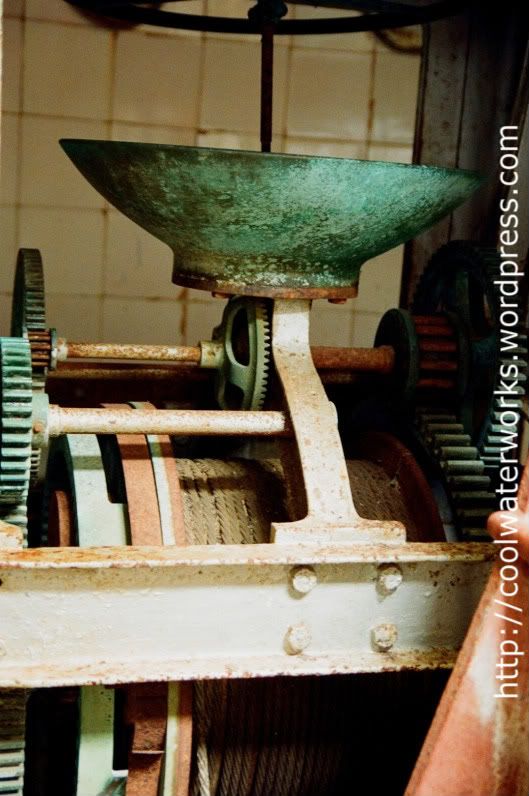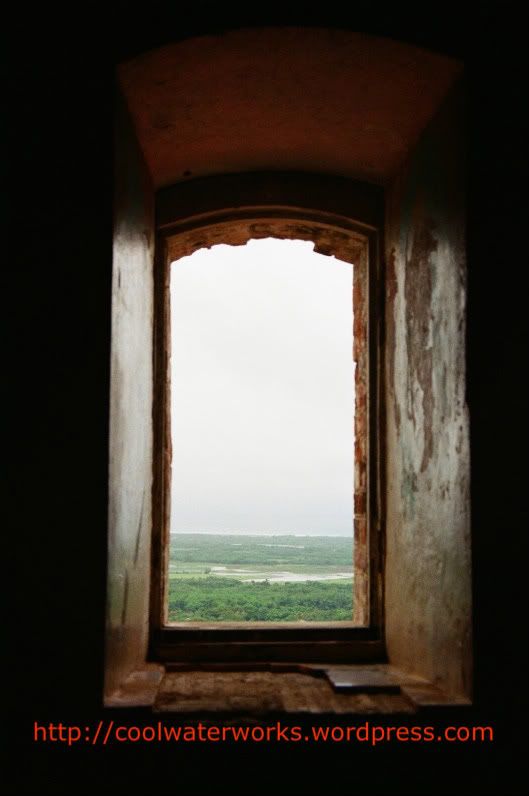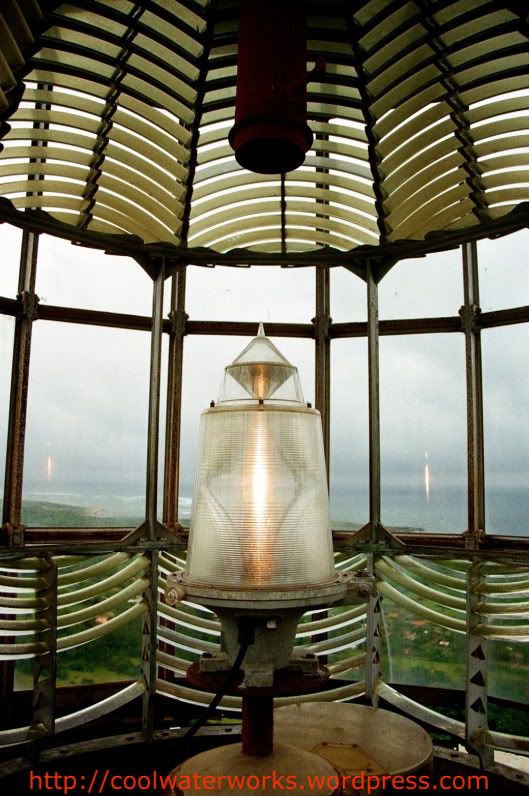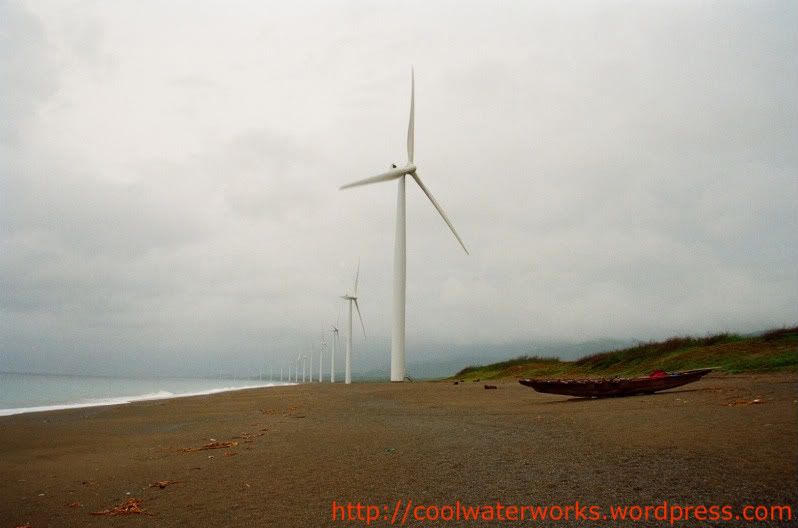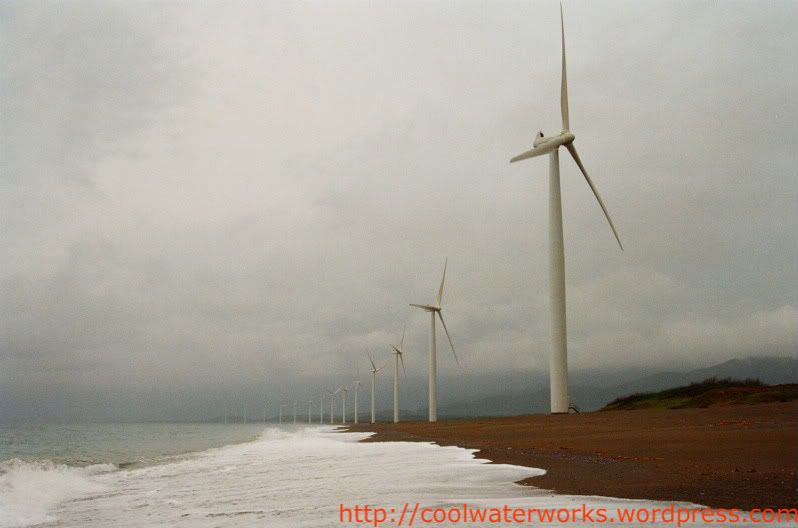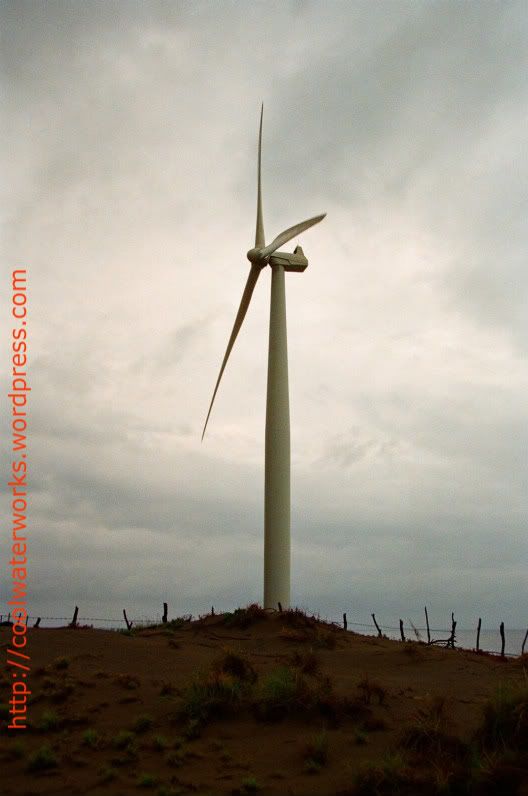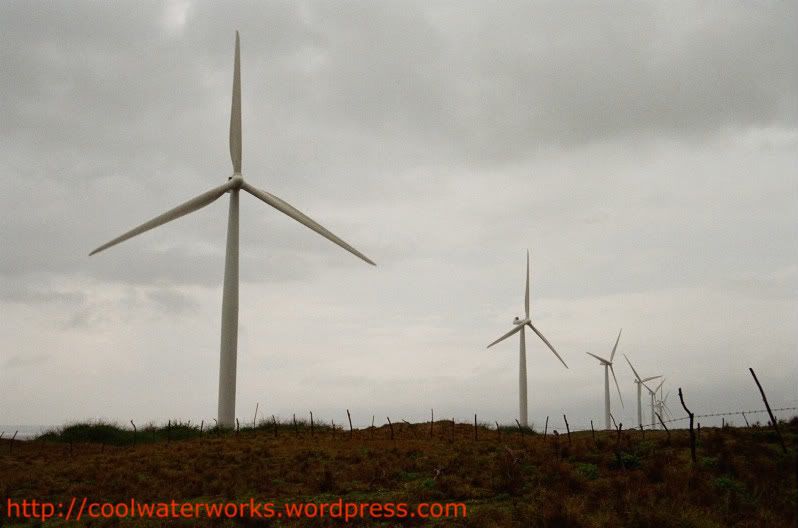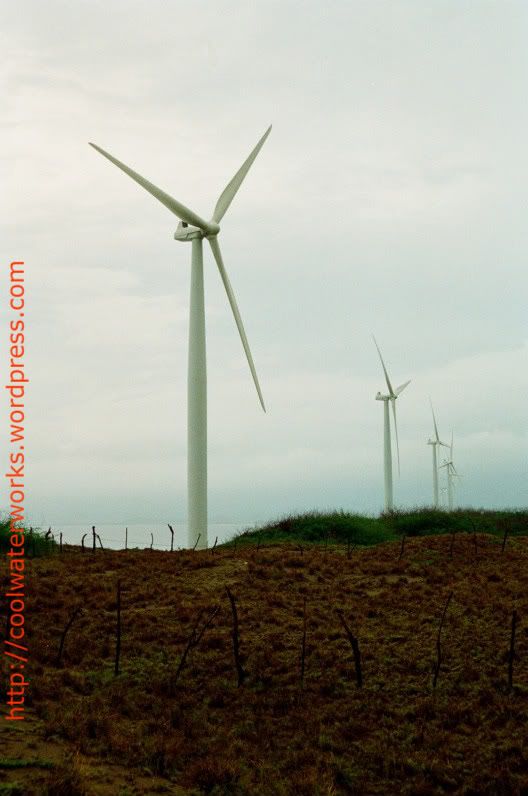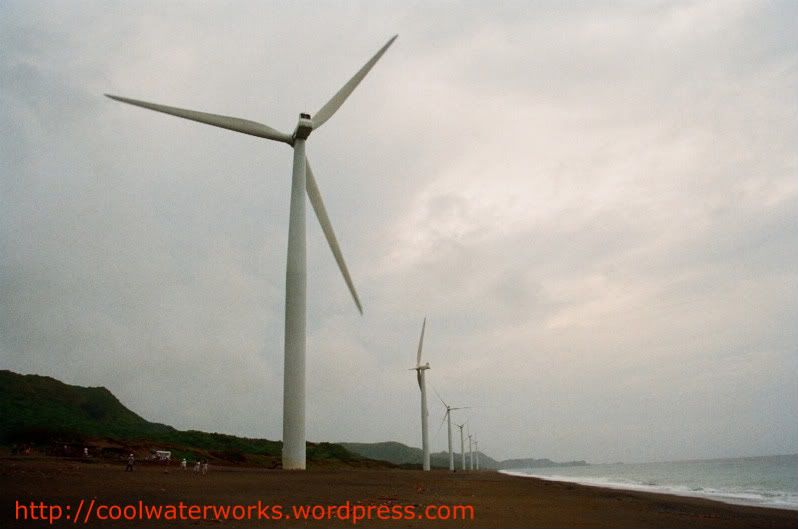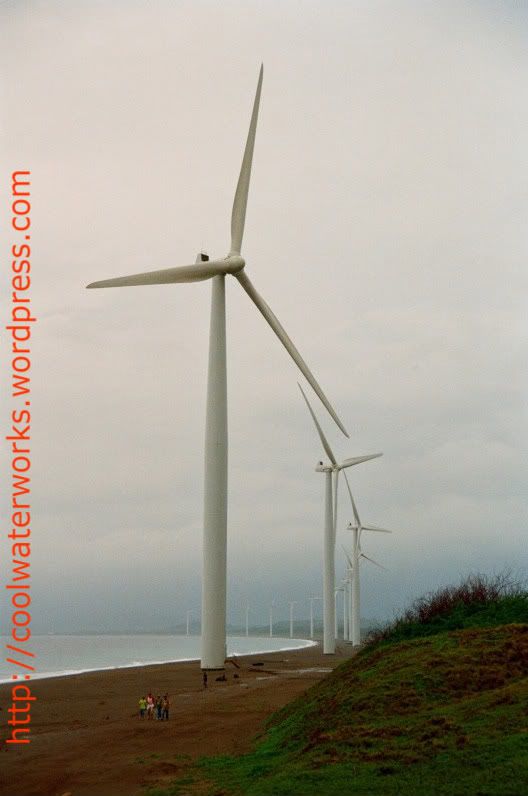Right after lunch, I joined the rest of my companions for whatever's left of their Vigan tour on calesa.
First stop for the afternoon: pagburnayan. It literally translates as pottery - a workshop where clayware is made.
The craftsmen of this particular pagburnayan were friendly. I happened to chat with Bongbong Go. He agreed to do a demonstration on his potter's wheel. He told me to prepare my camera and film as the demo will be short - less than 10 mins. When he started forming the lump of clay on his wheel, I also started clicking until it was finished. I nearly used up a roll.
Below is the series of shots I took, featuring Craftsman Eduardo "Bongbong" Go.
The vase will be dried in shade for two weeks before it goes to the kiln.
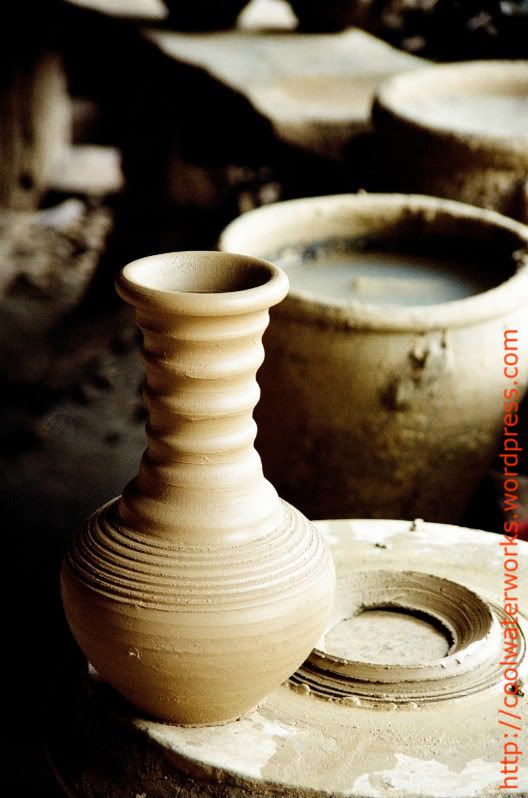
I chatted with him for a while and he told me I can roam around their workplace. In one dark corner, there were many pots awaiting the test of fire in the kiln.
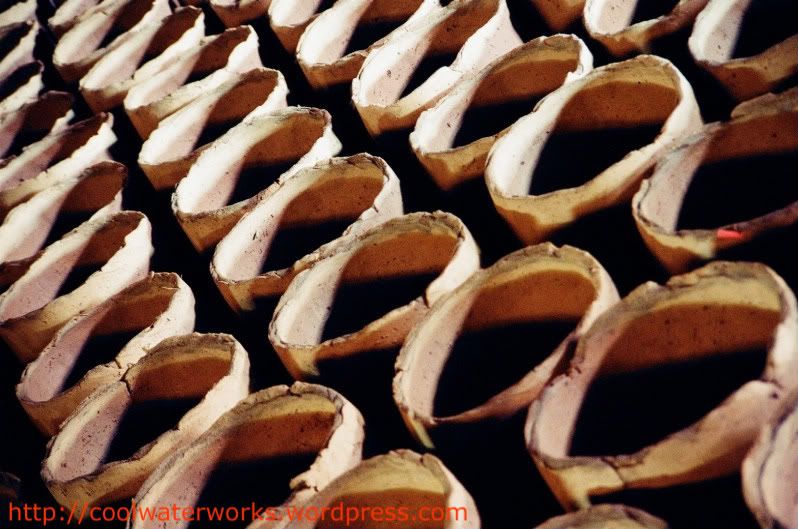
Our next stop is the Crisologo Museum. I was not able to take many pictures inside as we agreed that we will not stay that long. The museum (or the Crisologo ancestral house) features memorabilia from the golden days of the Crisologo family in Ilocos, during the term of Mrs. Carmeling Crisologo as governor of Ilocos Sur. She is the mother of Congressman Bingbong Crisologo.
Here is her antique typewriter. Notice the keys and the position of the typebars. It is standing in the sides. (It might be that some of my young readers are not familiar with the typewriter anymore.)
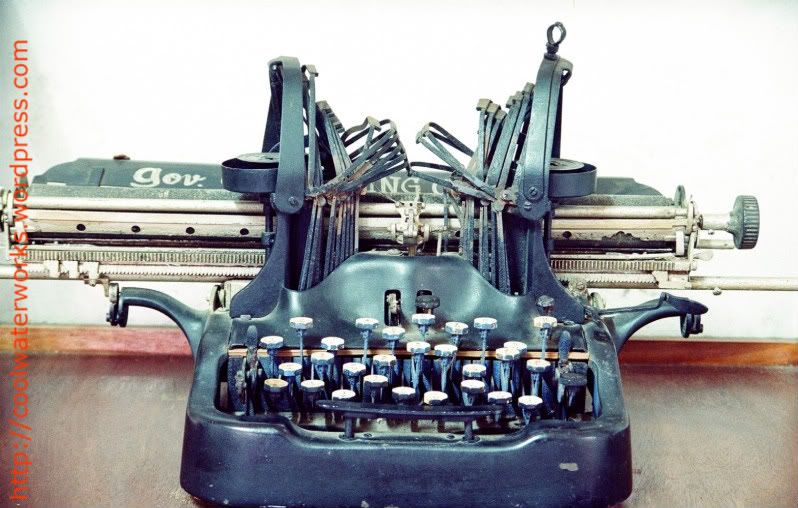
Here is the typical Ilocano stove called dalikan. This was taken in the kitchen of the ancestral house. The haziness was due to the light from the window.

Our next destination is the Syquia Mansion. This is the ancestral home of Dona Alicia Syquia-Quirino. She was married to President Elpidio Quirino in 1922. From being a congressman, senator, Cabinet member and Vice President, Quirino was catapulted to the Presidency in April 15, 1948 due to the sudden death of President Manuel Roxas from a heart attack.
The Syquia mansion, built in 1830, became the venue of official and public functions during the Quirino administration. It features an impressive collection of antiques and presidential memorabilia. There is a guided tour in the mansion. The tour is very informative. According to the caretaker who conducted the tour, the mansion was actually a dowry from Alicia's parents. In the Spanish times, it was the bride's duty to give the dowry.
The museum overflows with many collections of furniture. What caught my interest though are the paintings. The museum houses three treasured works from Fernando Amorsolo, the first Philippine National Artist in Painting. The paintings were actually portraits - probably part of his portrait works where he was heavily criticized.
This is the first Amorsolo...

The second Amorsolo...

The third Amorsolo... The haze is due to the sidelight coming from the window...
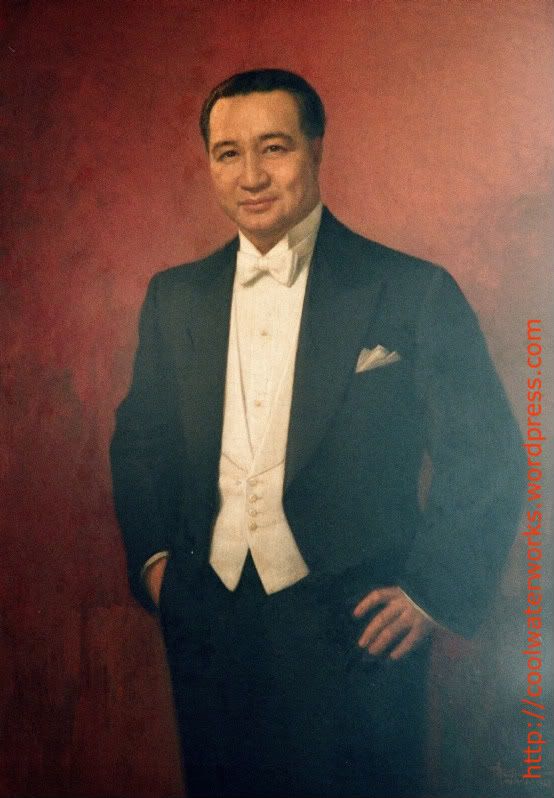
This is a copy of the Spoliarium by Juan Luna. This was done by Juan Luna's assistant.
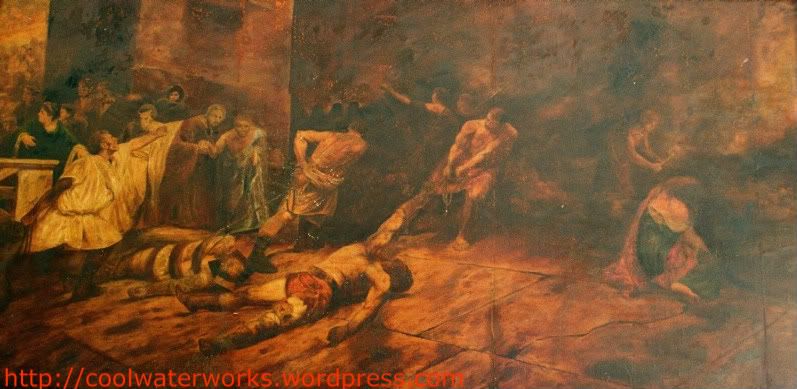
This is no ordinary mirror. The metalwork along its sides is 18 karat gold.

This is one of the two vases said to be given by the last Emperor of China, Puyi (Henry Puyi to the West), to President Quirino. The imperial seal is in the vase's base.

To be continued... Next post will be about Chavit Singson's Baluarte...
Related post:
- Ilocos: The Tour (First Part)
- Ilocos: The Tour (Second Part)
- Ilocos: The Tour (Third Part)
- Ilocos: The Tour (Fourth Part)
In case you want to have a tour of Ilocos, and you'll be staying in Laoag, you may get in touch with Mang Lito, the man who offered to tour us around. His service is significantly low compared to arranged tours or packaged tours being offered by the hotels in Laoag. He may be contacted through his mobile phone: 09273387969.
I will not promote the hotel we stayed in. Although they had reasonably low room rates, good food and courteous staff, their water supply is not good - it's yellow. Their room rates are also a bit tricky, as this caused a slight argument when we checked out

